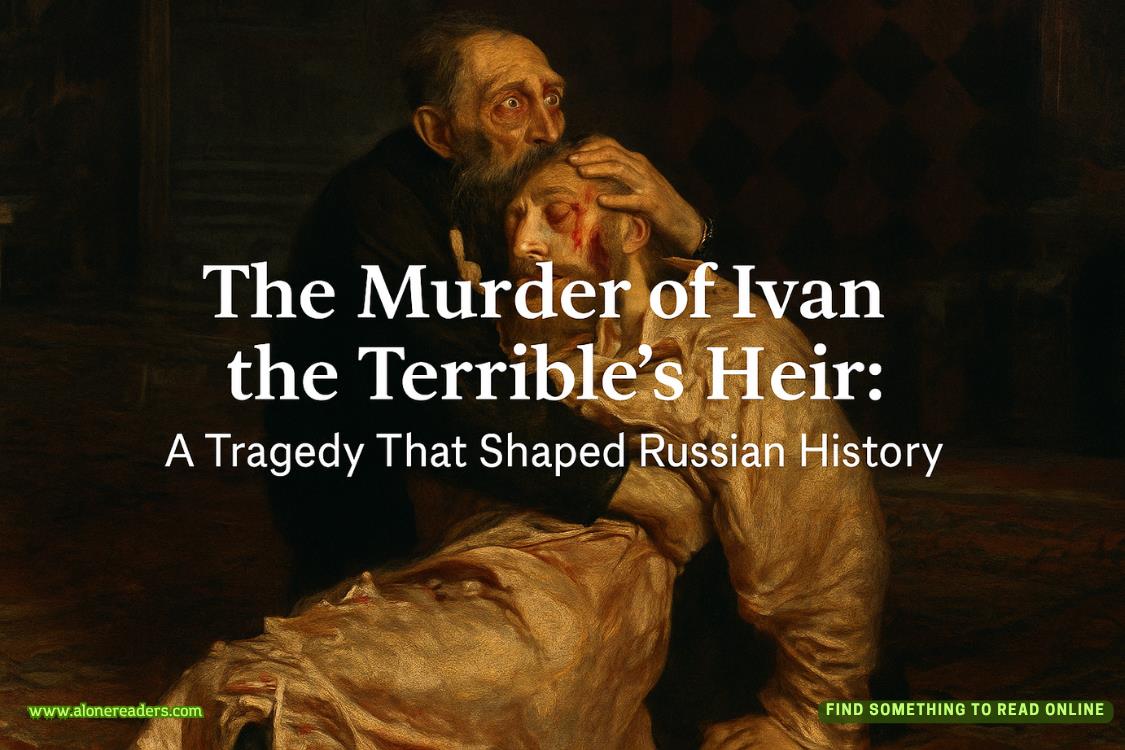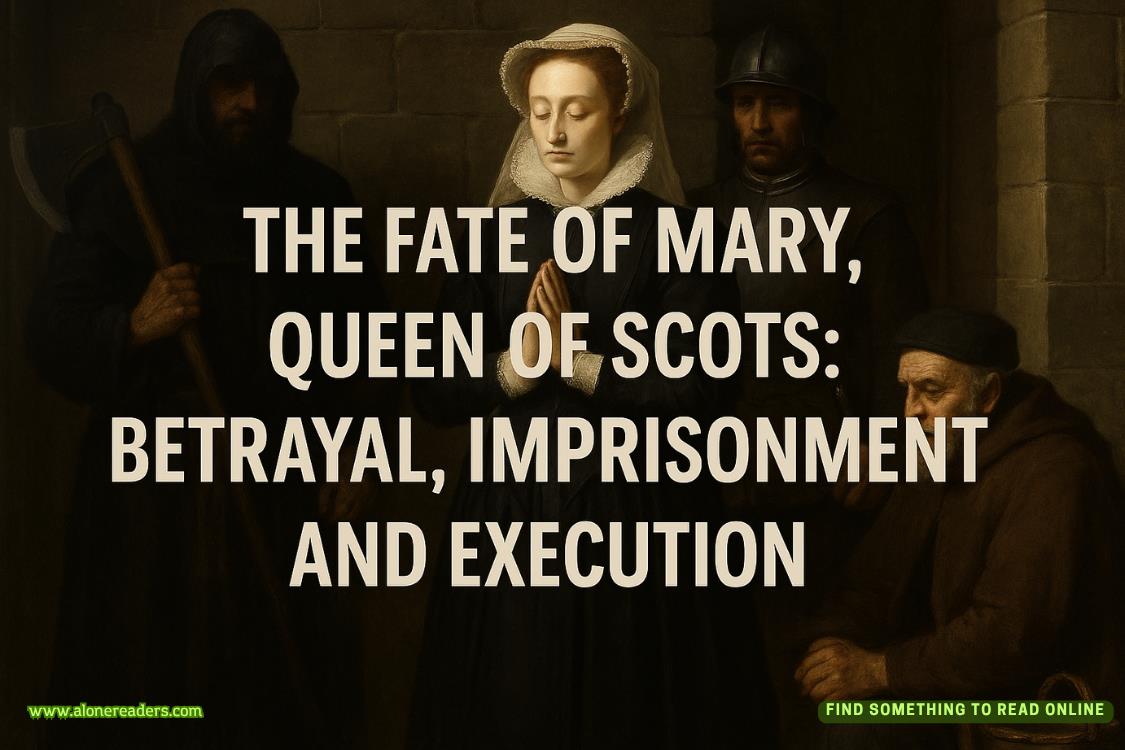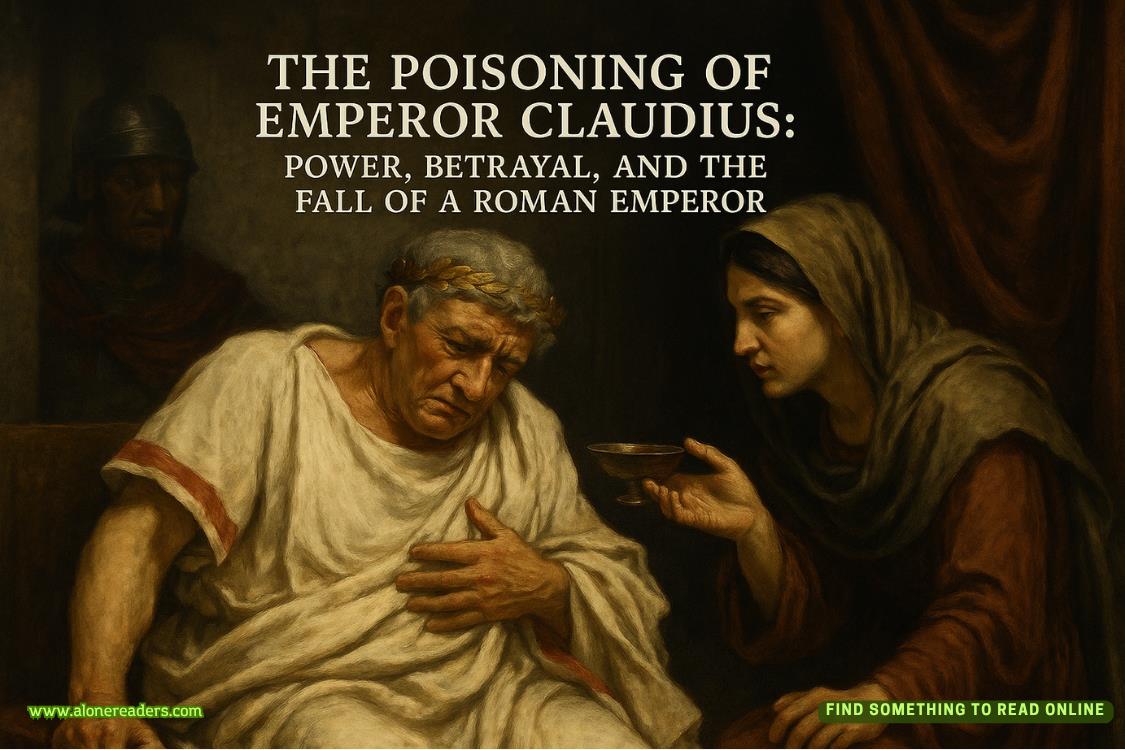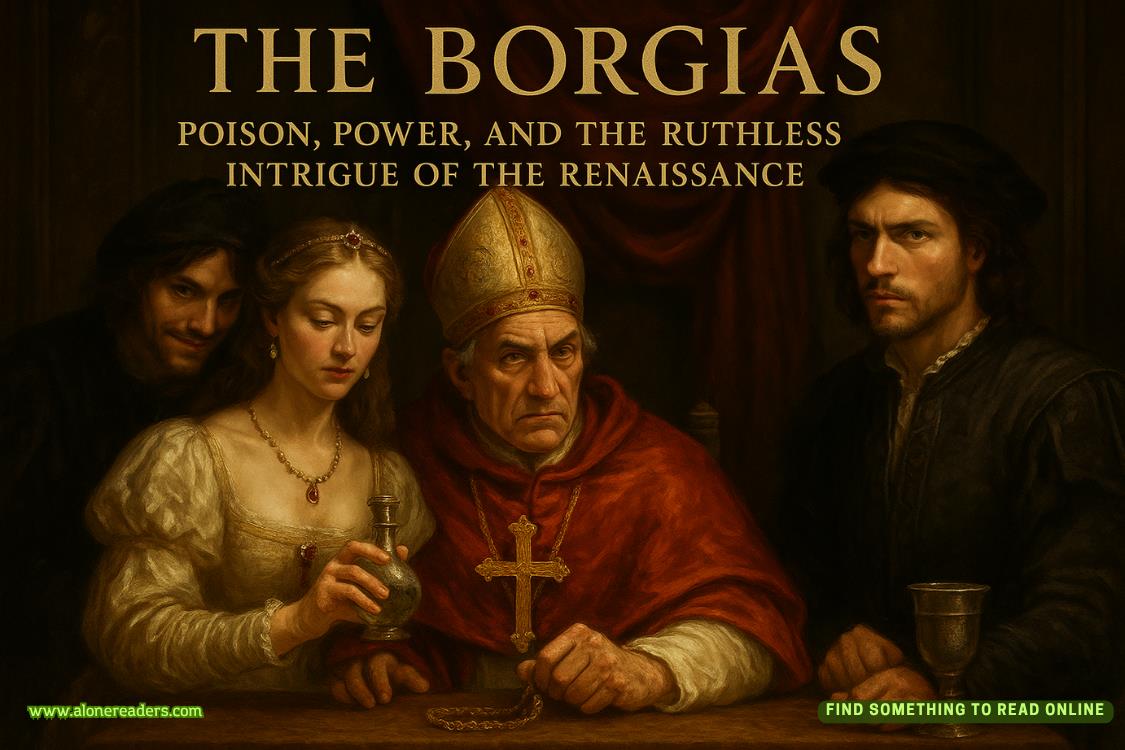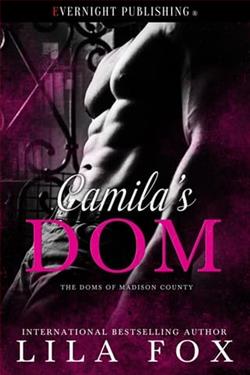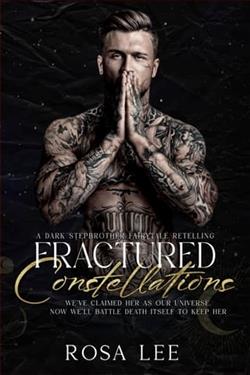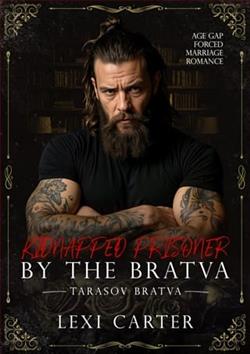Page 6 of Trailer Park Billionaire
His brows lift.
I exhale sharply. He reminds me of Elaine at that moment. They both seem to have a tendency to not stop until they get what they want.
And I don’t have time for that, so I relent again. “He used to be in prison. And every year on the anniversary of his release,we celebrate by doing an escape room. And as it happens, his birthday is also his release day.”
For a moment, Mr. Lyon is stunned into silence. Then he grins. “First of all, Iknewyou were secretly a thoughtful and considerate person. Secondly, that might be the most endearing tradition I’ve ever heard of. And thirdly, you know what you could do? You could have the murderer draw on a face tattoo. A teardrop, to signal their guilt.”
“Well, that’s… actually a pretty good idea. Too bad you’re now officially uninvited for knowing too much.”
“Oh, that’s a bit of a relief, actually.” Mr. Lyon sighs. “I never know what to get an 80-year-old ex-con from a museum. Do you get them the van Gogh or the Monet? Tough call.”
I suppress the grin that’s threatening to form. “As an artist himself, he has strong opinions on that, actually. For whatever reason, he hates both. We recently started selling period toilet paper in the gift shop, though.”
Mr. Lyon’s eyebrows draw into one confused line. “Period toilet paper?”
“Right, not what it sounds like. It’s toilet paper printed with artworks from different art periods. So for people who think Impressionism is kind of shit, you might want to get a roll of that.”
His face shifts into a smile so big, I find myself staring for a second longer than I’d like.
“Well, speaking of period paper, I’ll take the opportunity to use that restroom over there, if you don’t mind,” he excuses himself, leaving me behind. On his way, he fixes one of his sleeves that had started unrolling.
In the meantime, I sit on a bench nearby and watch him head straight into a supply closet next to the bathrooms. A second later, he reappears, shrugs with a smile, points at the actual bathroom door, and vanishes behind it.
My gaze shifts to a painting of a thief stealing a donkey while I pry my phone from my pocket and see a new message from Elaine:
Did you fall in love yet?
I fire off a quick reply:
Thanks, but I’d much rather fall asleep instead.
There are a few missed calls from a number I don’t recognize. Probably telemarketers trying to sell insurance or some other scam. Since I already resolved not to buy anything today, I shove the phone back in my pocket.
When Mr. Lyon returns a minute later, we pass through the Baroque wing again and eventually end up in the dark room that houses?—
“My favorite,” he exclaims, rushing over tomyfavorite painting. “This is my favorite. I’ve been waiting for this one.”
I pause, watching him for a beat without saying anything.
His eyes meet mine, then return to the canvas. “Surprised? You thought it’d be something flashier, didn’t you? Maybe one of the Impressionists.”
I did think that. “It’s what most people come to see. And not for nothing. They’re popular for a reason. You just didn’t strike me as someone drawn to the melancholy of dear Ophelia here.”
He shrugs, visibly amused. “I’m not sure, that’s what I’m seeing here. Melancholy.”
“Oh?” Against my better judgment, I find myself intrigued.
“Well,” he clears his throat, “I know Ophelia is often seen as a symbol of tragic beauty, a representation of a woman’s descent into madness and death, driven by unrequited love and societal pressure. But that’s not what I see here. What if her drowningisn’t just a tragic accident or the result of a broken heart? Why if it’s a symbolic act of rebellion?” Mr. Lyon glances over to me, then back at the painting. “In a world where women were seen as fragile vessels of emotion, Ophelia's death could very well be seen as her ultimate rejection of the role society expects her to play. Instead of submitting to the whims of men—her father’s manipulations and Hamlet's cruel rejection—she takes control of her fate by choosing to drown herself. Sure, she could’ve lived what society called a‘good’life for a woman back then. Yet she chooses not to. This death is her final, defiant act: not a passive victim but an active agent who chooses to escape a life that offers her no autonomy, no freedom. Tragic? Absolutely. Melancholic? Maybe. But that’s not the first thing I think of when seeing this painting. Also, Sir John Everett Millais was just excellent at painting pretty flowers, don’t you think?”
I am stumped. Our wealthy patrons sometimes have an interest in art, but I’ve never met one as eloquent—or unexpectedly insightful—as Mr. Lyon.
I am intrigued, almost looking forward to hearing more of his thoughts.
At least until, from far away, my name echoes through the museum. For a second, I think I imagined it, until Mr. Lyon also raises his head. Another‘Helena’rings through the atrium and into the little room we’re in.
“Is this some kind of art installation?” Mr. Lyon asks, turning toward the big hall.
High heels keep clacking on cold stone, rapidly joined by the sound of my name being called over and over. I think it’s Elaine. Looking for me.
